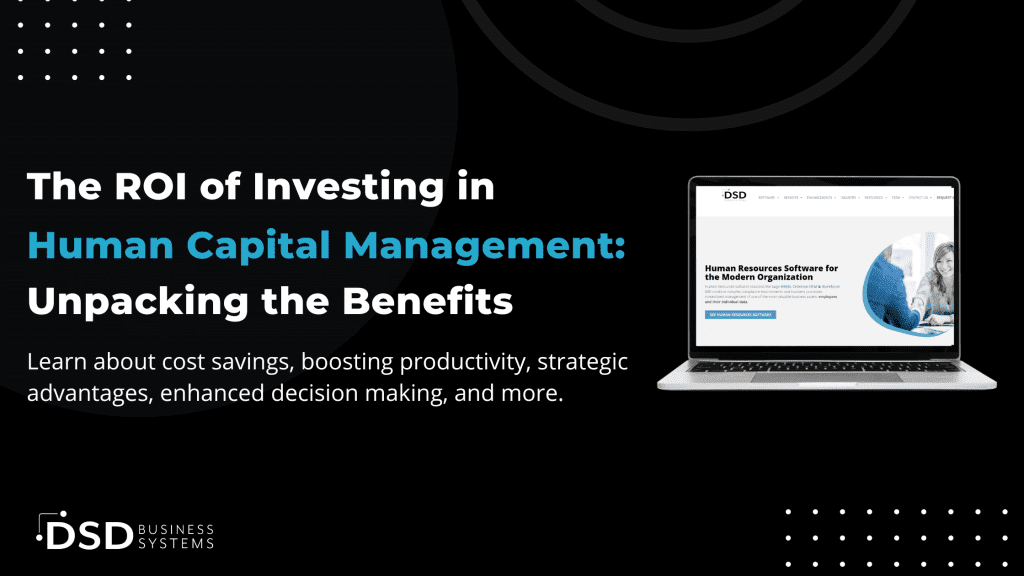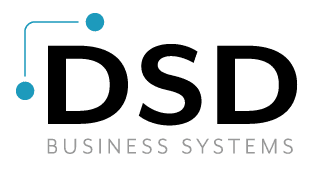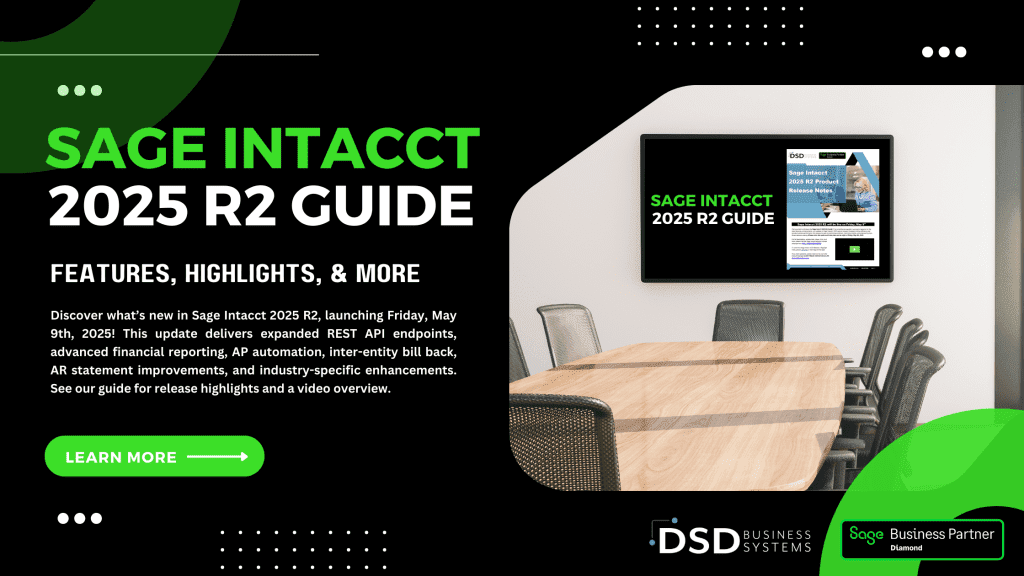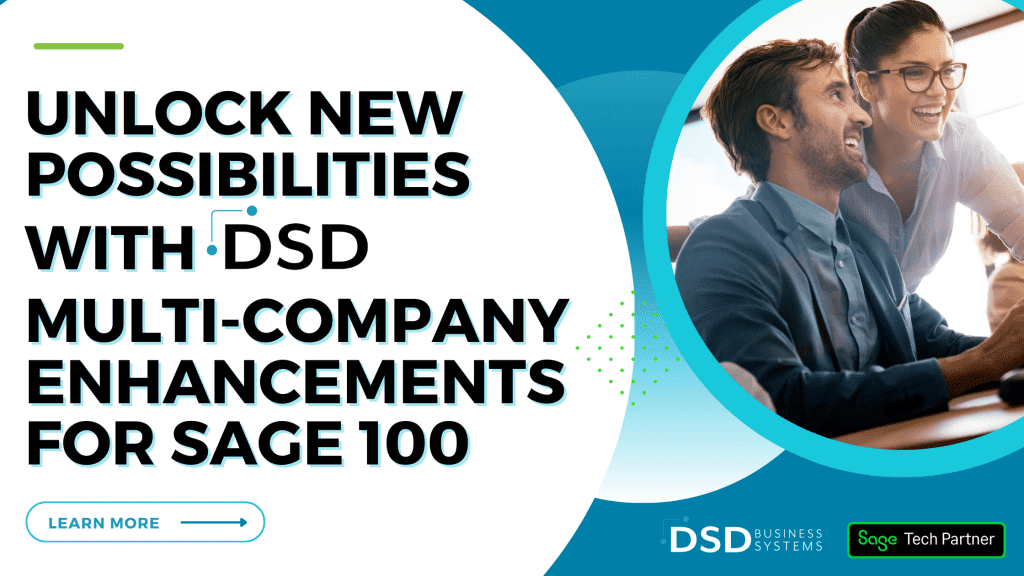The ROI of Investing in HCM: Unpacking the Benefits
August 15, 2023
by Jared Bollier, Digital Marketing Analyst

Human Capital Management (HCM) systems are not just technological luxuries for businesses; they are strategic necessities in today’s fast-paced corporate world. As organizations look for tools to help them manage their most valuable asset – their people – efficiently, the ROI of HCM systems becomes increasingly significant. Let’s break down the tangible returns of investing in HCM, spotlighting standout features from industry leaders: Sage HRMS, Workforce Go, and Criterion HCM.
5 Benefits of Investing in HCM
1. Cost Savings
Automation of Administrative Tasks: HCM platforms drastically cut down the manual workload. Sage HRMS, for instance, offers end-to-end solutions for payroll, benefits administration, and compliance, reducing labor hours and mitigating errors.
Compliance Management: Workforce Go provides timely updates ensuring regulatory compliance, which can prevent costly penalties.
Reduced Turnover: With tools like Criterion HCM’s robust reporting, companies can gain insights into factors affecting employee retention, saving costs on rehiring and retraining.
2. Productivity Boost
Efficient Process Management: Sage HRMS integrates core HR functionalities into one system,
streamlining HR processes and ensuring data consistency.
Instant Access to Data: Workforce Go offers real-time data syncing across platforms, enabling swift
decision-making.
Advanced Analytics: Criterion HCM comes packed with advanced reporting tools that offer
actionable insights, allowing firms to strategize and optimize workforce productivity.
3. Strategic Advantages
Optimized Talent Management: Sage HRMS’s recruiting and onboarding modules are not just about filling vacancies but finding the right fit for long-term business success.
Unified Payroll Management: Workforce Go seamlessly integrates payroll, HR, and timekeeping,
ensuring there are no disconnects in data flow.
Employee Self-service: Criterion HCM offers user-friendly portals, allowing employees to manage
their profiles, benefits, and other essentials. This empowerment leads to a more engaged and
satisfied workforce.
4. Enhanced Decision Making
Comprehensive Reporting: Sage HRMS provides in-depth reports, assisting HR professionals in
understanding trends and making informed decisions.
Real-time Insights: Workforce Go’s cloud-based solution ensures that managers have access to real
time workforce data, allowing for swift and informed decisions.
Predictive Analytics: Criterion HCM offers tools that forecast trends, such as turnover or hiring
needs, positioning companies a step ahead in their planning.
5. Strengthened Employee Engagement and Retention
Transparent Performance Metrics: With Criterion HCM’s performance management tools, feedback
becomes a two-way street, fostering an environment of trust and growth.
Accessible Training Modules: Sage HRMS’s integrated learning solutions ensure employees have
growth paths, directly correlating with increased retention.
Personalized Employee Experience: Workforce Go tailors the user experience to fit individual roles,
making each interaction intuitive and efficient.
HCM with your Current Solution
In the modern business landscape, having an integrated system that seamlessly merges Human Capital Management (HCM) with accounting functions is no longer a luxury—it’s a necessity. Workforce Go HCM, Criterion HCM, and Sage HRMS are prime examples of this integration in action. These platforms are designed with adaptability in mind, ensuring that they can effortlessly connect with your existing accounting solutions.
This integration provides a unified view of both HR and financial data, streamlining processes and eliminating the challenges of manual data transfer and reconciliation. By bridging the gap between HCM and accounting, businesses can achieve greater efficiency, reduced errors, and enhanced decision-making capabilities. No longer will HR and finance operate in silos; with these integrated systems, they come together in a harmonious blend, driving strategic and informed business decisions.






